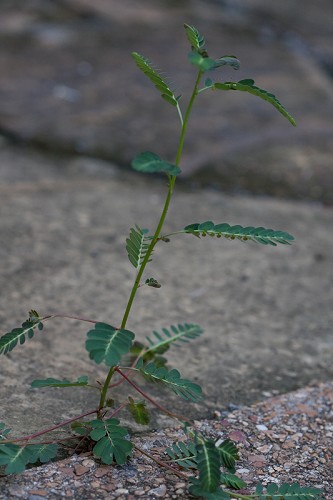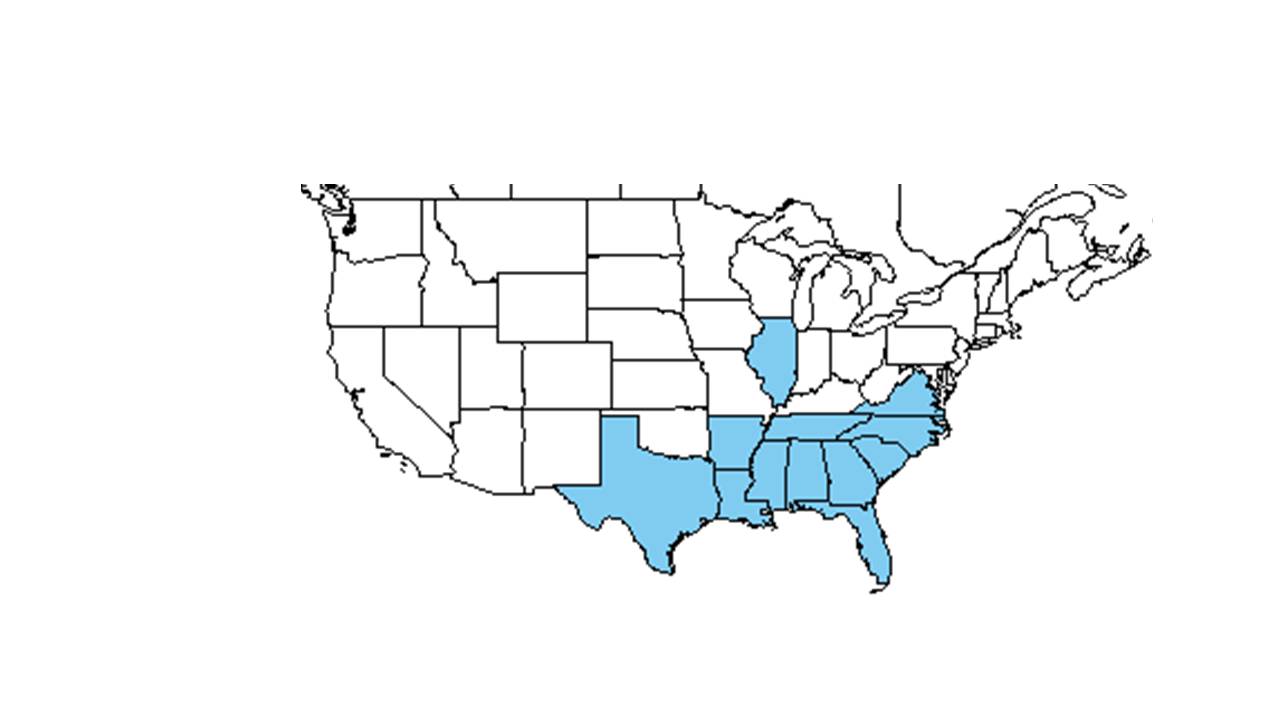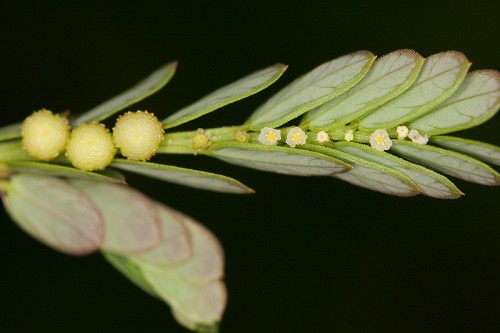Difference between revisions of "Phyllanthus urinaria"
Emmazeitler (talk | contribs) |
Emmazeitler (talk | contribs) |
||
| Line 20: | Line 20: | ||
==Taxonomic notes== | ==Taxonomic notes== | ||
Synonyms: ''Phyllanthus urinaria'' Linnaeus ssp. ''urinaria''.<ref name="weakley">Weakley, A.S. 2015. Flora of the southern and mid-atlantic states. Working Draft of 21 May 2015. University of North Carolina at Chapel Hill, Chapel Hill, North Carolina.</ref> | Synonyms: ''Phyllanthus urinaria'' Linnaeus ssp. ''urinaria''.<ref name="weakley">Weakley, A.S. 2015. Flora of the southern and mid-atlantic states. Working Draft of 21 May 2015. University of North Carolina at Chapel Hill, Chapel Hill, North Carolina.</ref> | ||
| + | |||
| + | Varieties: none.<ref name="weakley">Weakley, A.S. 2015. Flora of the southern and mid-atlantic states. Working Draft of 21 May 2015. University of North Carolina at Chapel Hill, Chapel Hill, North Carolina.</ref> | ||
| + | |||
==Description== | ==Description== | ||
<!-- Basic life history facts such as annual/perrenial, monoecious/dioecious, root morphology, seed type, etc. --> | <!-- Basic life history facts such as annual/perrenial, monoecious/dioecious, root morphology, seed type, etc. --> | ||
| Line 26: | Line 29: | ||
==Distribution== | ==Distribution== | ||
This species entered the U.S. in 1940 and spread throughout Florida, Georgia, Alabama, Louisiana, Texas, and North Carolina.<ref name="weakley">Weakley, A.S. 2015. Flora of the southern and mid-atlantic states. Working Draft of 21 May 2015. University of North Carolina at Chapel Hill, Chapel Hill, North Carolina.</ref> | This species entered the U.S. in 1940 and spread throughout Florida, Georgia, Alabama, Louisiana, Texas, and North Carolina.<ref name="weakley">Weakley, A.S. 2015. Flora of the southern and mid-atlantic states. Working Draft of 21 May 2015. University of North Carolina at Chapel Hill, Chapel Hill, North Carolina.</ref> | ||
| − | |||
| − | |||
==Ecology== | ==Ecology== | ||
===Habitat=== <!--Natural communities, human disturbed habitats, topography, hydrology, soils, light, fire regime requirements for removal of competition, etc.--> | ===Habitat=== <!--Natural communities, human disturbed habitats, topography, hydrology, soils, light, fire regime requirements for removal of competition, etc.--> | ||
Revision as of 20:09, 16 November 2020
| Phyllanthus urinaria | |
|---|---|

| |
| Photo by John R. Gwaltney, Southeastern Flora.com | |
| Scientific classification | |
| Kingdom: | Plantae |
| Division: | Magnoliophyta - Flowering plants |
| Class: | Magnoliopsida – Dicotyledons |
| Order: | Euphorbiales |
| Family: | Phyllanthaceae |
| Genus: | Phyllanthus |
| Species: | P. urinaria |
| Binomial name | |
| Phyllanthus urinaria L. | |

| |
| Natural range of Phyllanthus urinaria from USDA NRCS Plants Database. | |
Common name: Chamber bitter[1]
Contents
Taxonomic notes
Synonyms: Phyllanthus urinaria Linnaeus ssp. urinaria.[1]
Varieties: none.[1]
Description
This plant has fruiting pedicels that are 0.5 mm long. The seeds have 12-15 transverse ridges and sometimes 1-3 pits. There are three stamens and the filaments are connate into a column 0.1-0.15 mm long. Male flowers are borne toward the tip of the branchlets, while the female flowers are toward the base.[1]
Distribution
This species entered the U.S. in 1940 and spread throughout Florida, Georgia, Alabama, Louisiana, Texas, and North Carolina.[1]
Ecology
Habitat
In natural habitats P. urinaria has been documented to grow abundantly in hammock clearings, fallow fields, and amongst Fabaceae patches near ponds. In human disturbed areas it can be observed growing in the moist soil of fire lanes, lawns, depressions along roads, city parks, and old plantations. [2] Soil types observed include moist sandy loams, moist loam, and peaty sandy soils. [2]
Physalis angulata is an associated species. [2]
Phenology
This plant flowers from March through November.[1]
Conservation and management
Cultivation and restoration
Photo Gallery
Phyllanthus urinaria flowers Photo by John R. Gwaltney, Southeastern Flora.com
References and notes
- ↑ 1.0 1.1 1.2 1.3 1.4 1.5 Weakley, A.S. 2015. Flora of the southern and mid-atlantic states. Working Draft of 21 May 2015. University of North Carolina at Chapel Hill, Chapel Hill, North Carolina.
- ↑ 2.0 2.1 2.2 Florida State University Robert K. Godfrey Herbarium database. URL: http://herbarium.bio.fsu.edu. Last accessed: July 2015 Collectors: Robert K. Godfrey, Richard R. Clinebell II, R. L. Lazor, E. L. Tyson, H. Loftin, Sidney McDaniel, Cecil R Slaughter, Loran C. Anderson. States and Counties: Florida: Gadsden, Gulf, Leon, Nassau. Georgia: Thomas. Countries: Costa Rica, Panama. Compiled by Tall Timbers Research Station and Land Conservancy.
